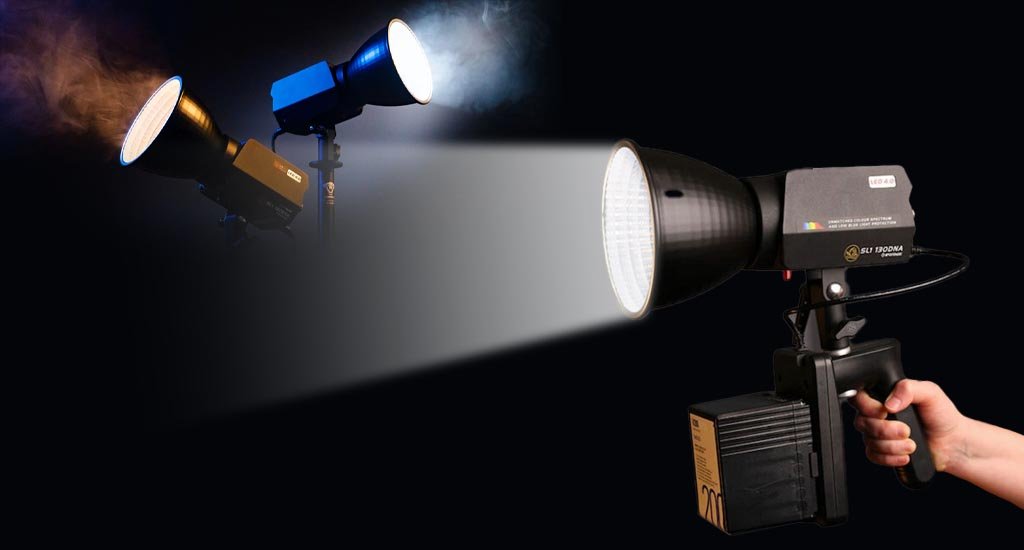Illuminating the Art of Film Lighting: Turning the Ordinary into Extraordinary
In the world of filmmaking, the importance of lighting cannot be overstated. It is the subtle art of manipulating light that can transform a seemingly "cheap or crappy" camera into a tool capable of producing visuals that rival even the most high-end setups. This article delves into the significance of effective lighting in film production and explores how a skilled lighting professional can elevate the visual quality of a production, irrespective of the camera's price tag.
The Power of Light
Lighting is more than just brightening a scene; it's about creating mood, atmosphere, and visual appeal. In the hands of a skilled lighting technician, even an average camera can capture stunning images. Conversely, a top-of-the-line camera, when coupled with poor lighting, will result in subpar visuals.
Creating Cinematic Magic
One key aspect of film lighting is understanding how to shape light. It involves controlling the direction, intensity, and quality of light to achieve the desired effect. The ability to sculpt light enables filmmakers to craft cinematic magic, turning ordinary scenes into captivating, visually rich experiences.
Tools of the Trade
There is an array of lighting equipment available, ranging from high-end options to more affordable solutions. It's crucial to note that the quality of the equipment matters, but the knowledge of how to use it is equally, if not more, important.
Arri Lighting: Arri lighting is synonymous with industry excellence. It's the go-to choice for many top-tier productions. Its precision, versatility, and durability make it an invaluable asset for cinematographers. While it may be on the expensive side, the investment can be well worth it for professional filmmakers.
Ifootage Anglerfish Lights: These lights provide an affordable alternative without compromising on quality. They offer versatile lighting options and are an excellent choice for independent filmmakers or those working on a budget.
Joby Lighting Solutions: Joby offers a range of lighting options that cater to various needs. From compact LED panels to flexible GorillaPods with integrated lighting, Joby provides budget-friendly tools for budding filmmakers.
Knowledge is the Key
Regardless of the lighting equipment you choose, the real secret to success lies in your knowledge of how to manipulate light effectively. A skilled cinematographer knows when to use hard or soft light, the impact of color temperature, and how to create shadows and highlights that enhance the story. They can turn an ordinary room into a breathtaking setting and make actors and objects pop on screen.
In conclusion, the magic of filmmaking doesn't solely rest in the hands of a high-end camera. It's the mastery of light that can elevate a production from mediocre to extraordinary. Whether you opt for Arri's high-end equipment or more affordable alternatives, remember that your knowledge of how to shape light is the ultimate key to success. So, next time you're behind the camera, focus on the art of lighting, and watch your visuals come to life.




